|
by Dark Watcher |
|
|
The Cassette Vision was a Japanese console released on June 30th, 1981 by a company named Epoch. The console retailed for a nice
low cost of 13,500 Yen (around $135USD) with games retailing at 4000 Yen. This made the Cassette Vision a good economical choice
for gaming. The graphics on the Cassette Vision were very basic and blocky. Both the games and cartridges (size and plastic boxes) are strangely similar to the Hanimex HMG-7900...although the console itself is reported to be more powerful. The Cassette Vision was essentially a combination of cart based and Pong based games. The large surface contained a number of built in controls. The controllers were two metal knobs built into the unit at the bottom which controlled only horizontal movement. There were also 4 fire buttons labeled PUSH-1 thru PUSH-4. There is also a power on/off switch, SELECT, AUX. and START buttons for game selection. The COURSE and sliding 'Selection' controls were the "Pong like" aspects of the console. These were used for carts such as Big Sports 12 to select the different pong variations (12 games ...duh). This is also where the upper paddles found on each side come into play. One paddle moved your pong paddle horizontal, and the other vertical. This gave a unique feel to pong. |
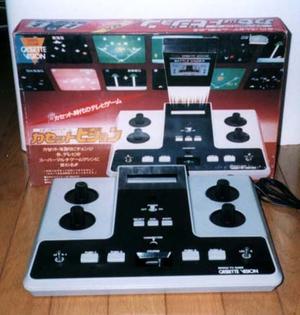 |
|
There were not a lot of cartridges released for it. The game that made the console a big seller was Kikori No Yosaku. In
the game you must chop down trees while avoiding a raging boar, a snake and a bird that will crap on you from above (one of those
strange but fun Japanese games). It is reported (but not confirmed yet) that the maker of the game was either SNK or Sega.
Other games include Galaxian, Big Sports 12 (Pong games), Baseball, Astro Command, Elevator Panic, Monster Mansion, Battle Vader and
Monster Block. The console must have done quite well since it churned out successors. Epoch capitalized on its success with the Cassette Vision. In 1983 they released a scaled down and even cheaper version (Only 5000 Yen) called the Cassette Vision Jr. The lower cost helped Epoch keep Cassette Vision carts in production. They later released its successor the Super Cassette Vision in 1984. |
|
|
by Marriott_Guy |
|
|
Epoch, better know for their game software and toy products, was actually very involved with hardware development in Japan dating back
to their first console release in July 1981 - the Epoch Cassette Vision. This very obscure system was actually a hybrid
pong/cartridge-based unit - the first of its kind in Japan. Though financial windfalls were never achieved, the moderate success
that the Cassette Vision did enjoy was due to one reason - correct price positioning. In 1979, Bandai was the first to release the first programmable game cartridge in Japan with their release of the Super Vision 8000. This new technology (to the Japan market) would cost you $560 USD ($1,300 in 2007 dollars). Epoch, having been a first hand witness to this console's eventual failure, wisely decided to produce a system at an affordable price point for the general buying public. The Cassette Vision was released for $135 USD ($275 USD in 2007 dollars), which was much more palatable to the still relatively virgin Japanese gaming market. The big question - was this a good value? As stated in previous reviews, pong based consoles enjoyed a prolonged following in Japan well into the early 1980s while the video game player in the USA had been exposed to the new programmable game cartridge systems much earlier (1976). Epoch attempted to capitalize in both of these arenas - the Cassette Vision supported both pong and programmable game cartridge technology. To be able to adequately describe how this was possible requires a little more information on how the pong industry evolved. During the mid to late 1970s, technology was evolving at a very fast pace, primarily on the hardware side. Pong games grew more complex and greater variations were able to be produced. What had occurred in the past was that a new pong console was developed and then released under a new version/name every time a jump in technology was introduced. Obviously, this was a costly venture for the various console manufacturers. At the same time, the size of the new components that were used to drive the machines, and included pong games, decreased. Together, these advances in hardware lead to the development of 'pong on a chip' game cartridges. Essentially, the manufacture could produce a base pong system with a standard set of hardware installed and a new pong game cartridge would contain not only the game itself but also a processing chip. This chip was used to in essence 'upgrade' the base system's hardware to enable game play with the new software. Distributing technology in the form of a game cartridge was much more cost effective, not too mention efficient, for the manufacturer while at the same time saved the consumer plenty as well by not having to upgrade their pong system all the time. Almost all developers and manufacturers in the mid 1970s and early 1980s migrated to this method of upgrade deployment. It seems that Epoch decided that this may be the most efficient way to support both pong and programmable game cartridges. The Cassette Vision produced both game types (pong and programmable) at a resolution of 54 x 62 in 8 colors. This base hardware package was very outdated at the time of release in 1981. The console does produce sounds internally, but I am not sure of the details of the output. The end result was that pong games looked great, but the hardware (inside the individual game cart) could only produce below average graphics for the programmable game cartridges. The console itself is rather odd looking, but has a classy feel about it. The rectangular grey main casing is constructive of heavy plastics and sports a black inverted T faceplate highlighting the various button and toggle switches and controls. The controllers are built into the console. Two paddle-type knobs flank the respective top left and right sides of the console which control horizontal and vertical movement. Lever-1 and Lever-2, toggle-looking controls, are utilized for horizontal movement in some games and are located on the lower right and left. Four action buttons line the bottom front of the console (labeled PUSH-1 through PUSH-4). Other basic push-buttons (power, etc.) are featured in the center of the console. Though this system is not small, measuring in at 13.25" W x 10.50" L 3.25" H (33.66 cm W x 26.67 cm L x 8.26 cm H), it is surprising light (3 lbs / 1.58 kg). |
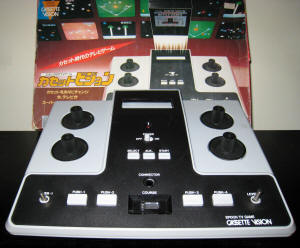 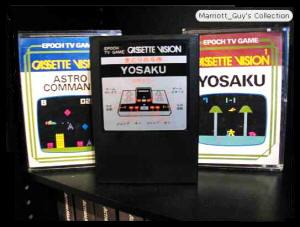 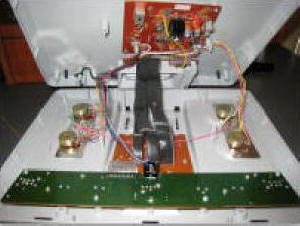 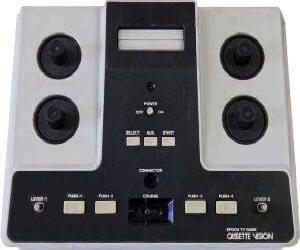 |
|
There were a total of 11 games released for this system, the most notable being Yosaku, a game that involved the player to chop down
trees. The other games were Astro Command, Monster Mansion, PakPak Monster, Monster Block, Galaxian, Big Sports 12, Elevator
Panic, Baseball and Battle Vader. Most are arcade clones of existing games. Graphics are very basic and could be compared to the
first games offered for the Bally Home Computer Library (blocky and pretty bad to be honest). The Cassette Vision enjoyed mild success in Japan, enough to have a second version of the system released in 1983 called the Cassette Vision Jr. This system was technically the same as the original, though much smaller in size and with detachable controllers. Though not compatible with the first two editions, this line did produce in 1984 a fairly successful system in both Japan and Europe called the Super Cassette Vision. Purchasing an original Cassette Vision can be a costly proposition - not recommended for the standard gamer. Since this, as well as the Cassette Vision Jr., were only released in Japan, shipping costs need to be considered. Expect to shell out some serious cash for the original CIB system. |
|
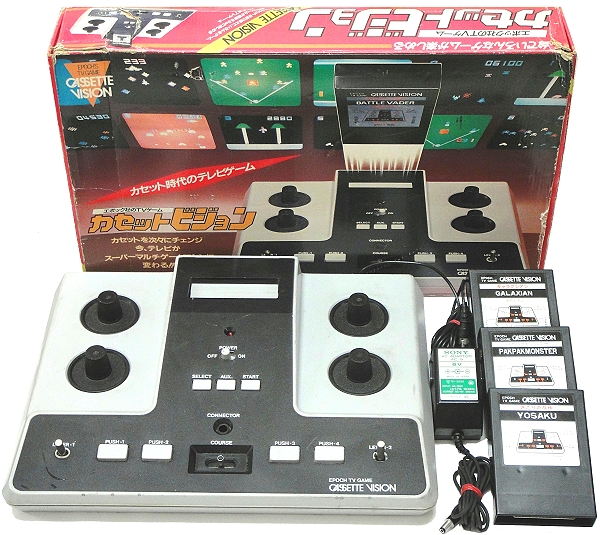 |
|
|






 2010s - NOTES
2010s - NOTES


 MODELS
MODELS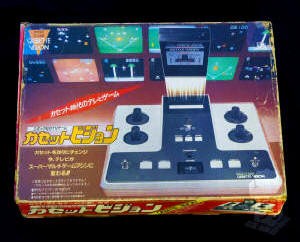
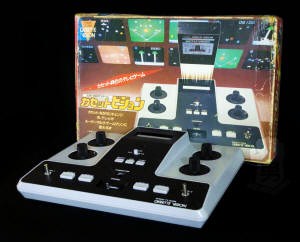
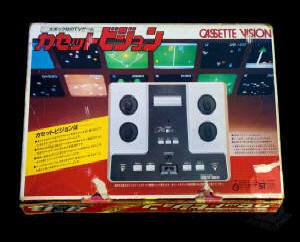
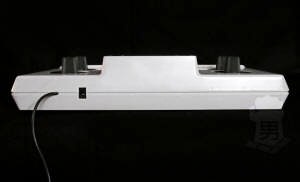
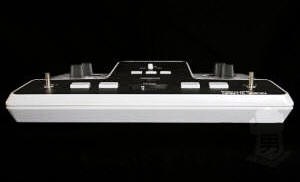
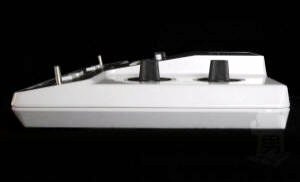
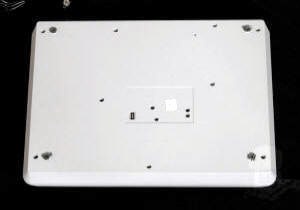
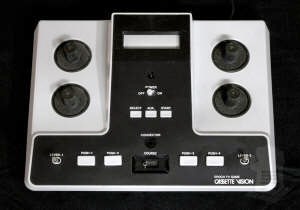
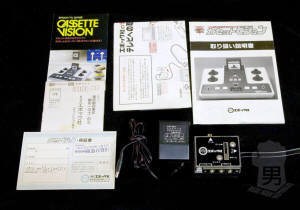
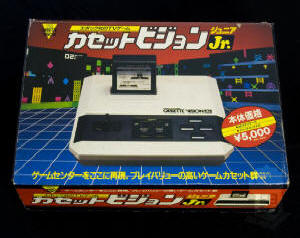
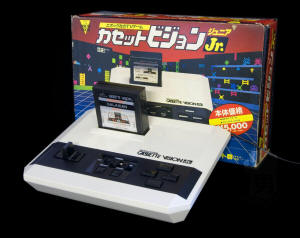
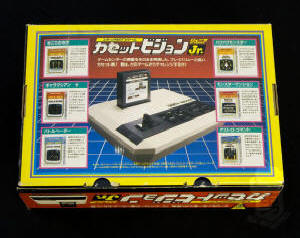
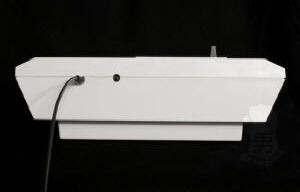
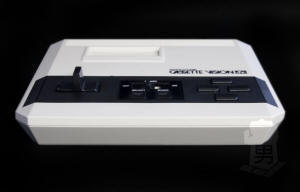
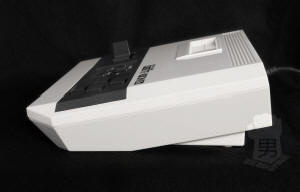
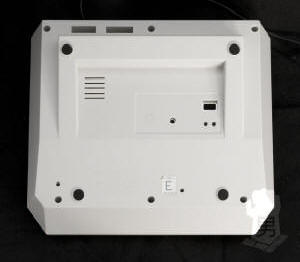
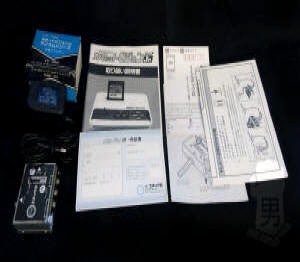
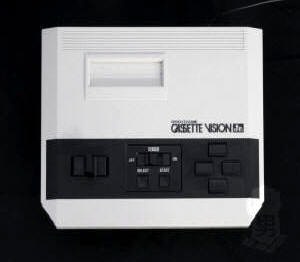
 CLONES
CLONES CONSOLE RATINGS
CONSOLE RATINGS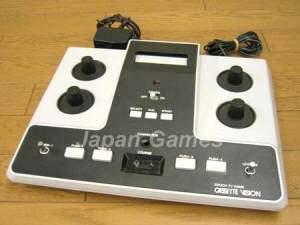
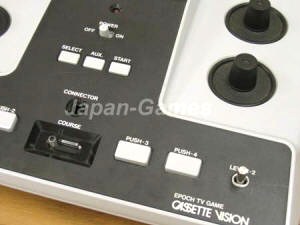
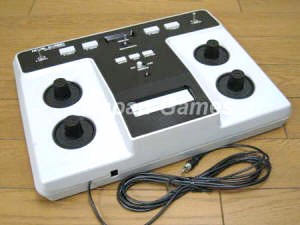
 FORMAT, PACKAGING & GENERAL INFO
FORMAT, PACKAGING & GENERAL INFO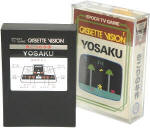
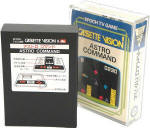
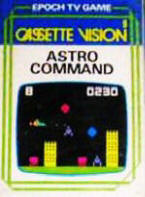
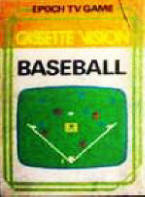
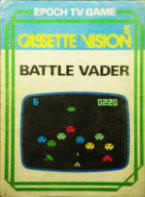
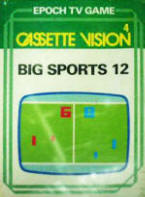
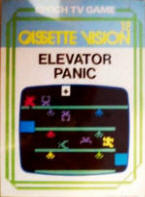
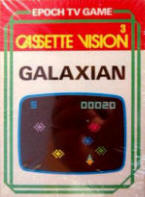
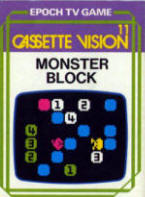
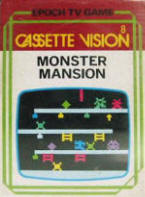
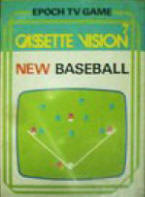
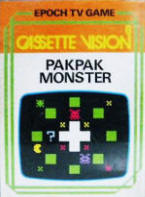
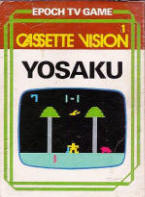
 SCREENSHOTS
SCREENSHOTS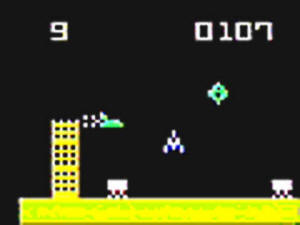
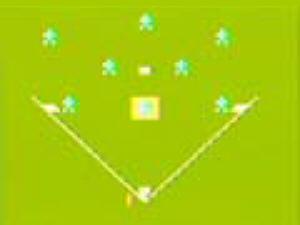
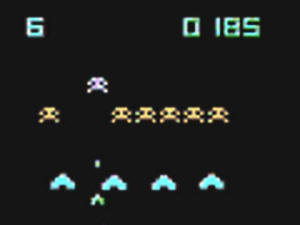
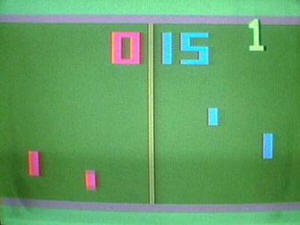
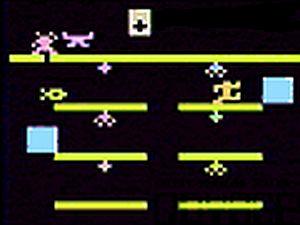
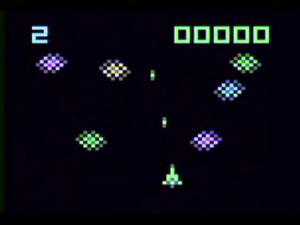
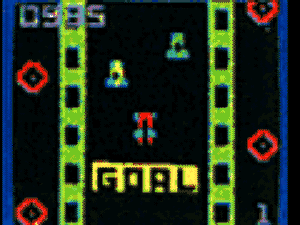
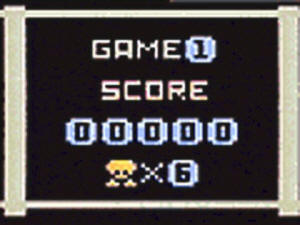
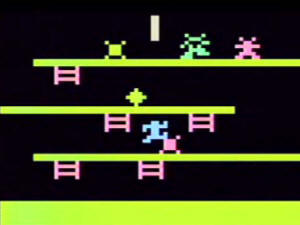
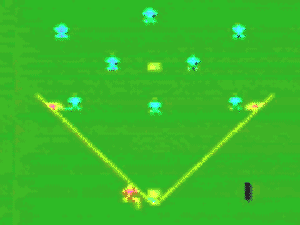
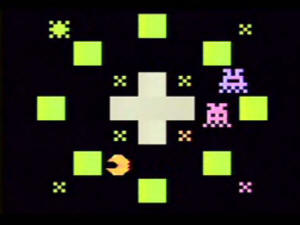
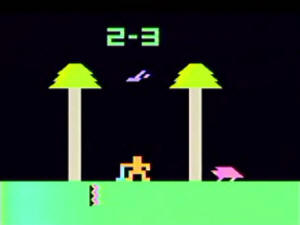
 EMULATION
EMULATION SPECS & MANUALS
SPECS & MANUALS OTHER
MEDIA
OTHER
MEDIA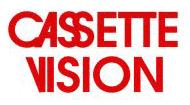
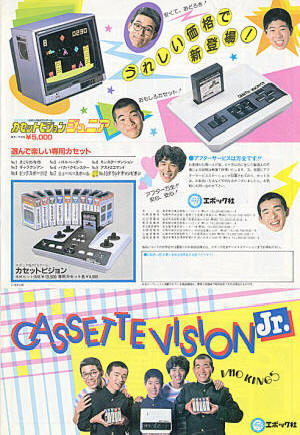
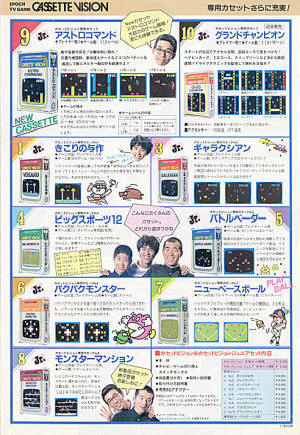
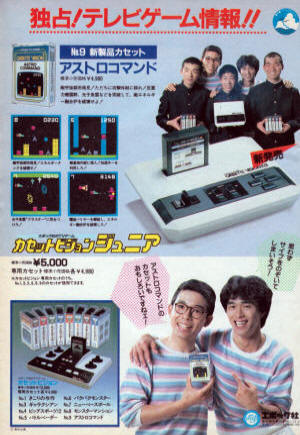
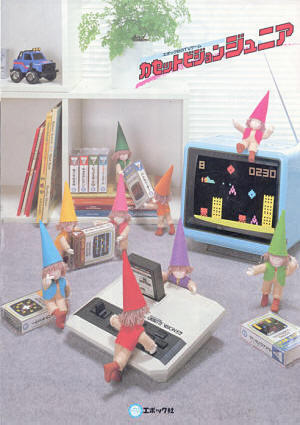
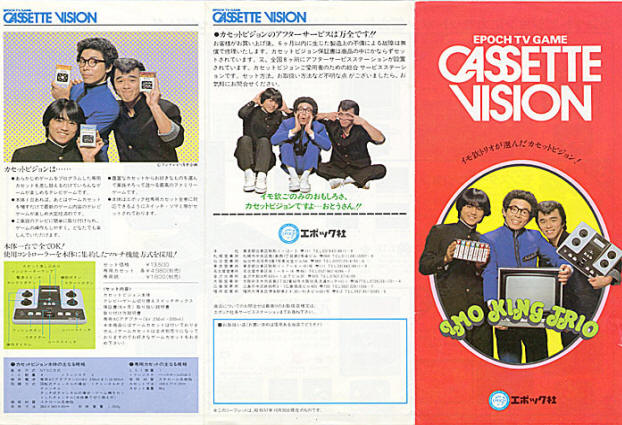
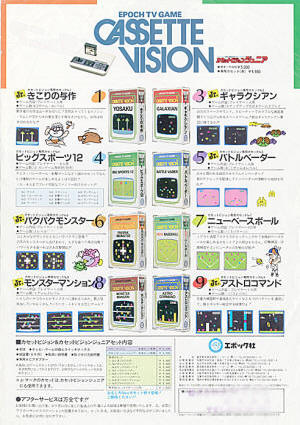
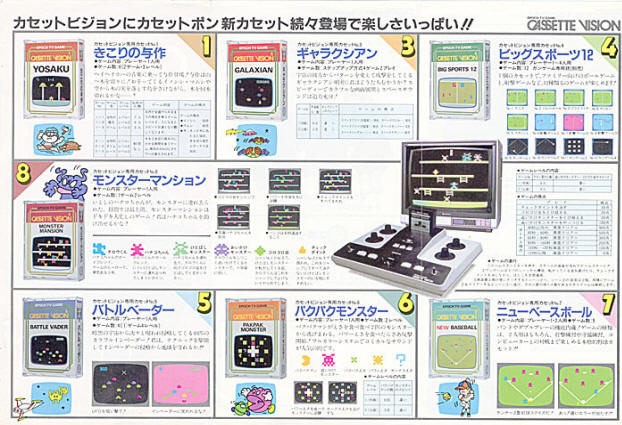
 WEB RESOURCES
WEB RESOURCES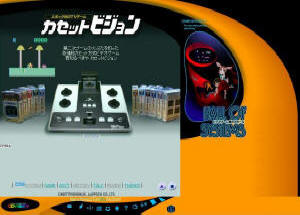
 DISCUSS
DISCUSS